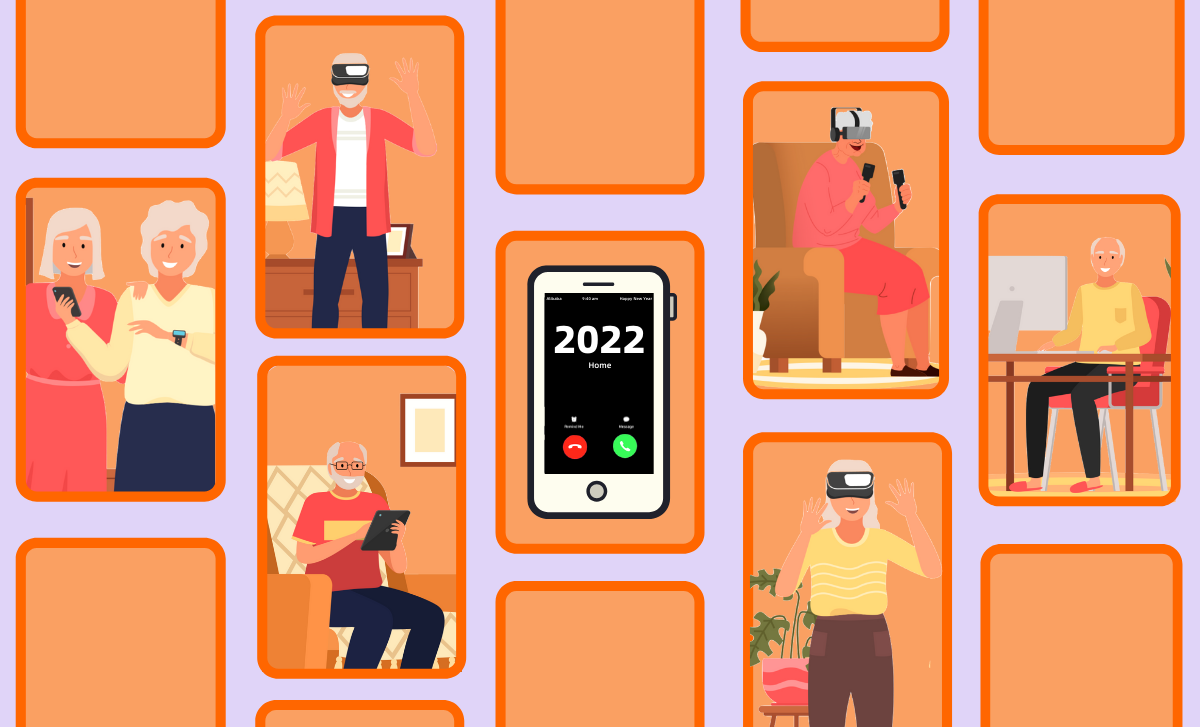
Photo credit: Alibaba Group/Elizabeth Utley
The coronavirus pandemic, climate change and evolving gender politics are among the powerful forces refashioning consumer behavior. Retailers are racing to keep up.
The industry will need to adapt to changing norms quickly, or swathes of businesses will face irrelevancy as past purchases no longer imply brand loyalty.
Market research provider, Euromonitor International, has identified ten consumer tribes that erupted onto the scene during the pandemic and is advising retailers on how to seize the opportunities and avoid the pitfalls created by social upheaval.
Over the coming days, we will profile other consumer tribes and examine how merchants, from multinationals to startups in niche categories, adapt to meet their needs.
In our 10-part series, we have looked at how the supply-chain crisis and the metaverse impact retailers. Today we’ll explore how digital seniors are using their out-sized spending power to make their voices heard:
No. 7: DIGITAL SENIORS
During lockdowns grandparents logged on to Zoom for the first time to stay connected with their families and to order in groceries. Grandchildren helped their elders master digital payments and navigate social media.
As we enter the second year of the pandemic, the elderly are increasingly comfortable surfing the net and making purchases online.
The global population of retirees will grow 65% from 2021 to 2040. In a Euromonitor survey, 21% of the elderly said they played video games and 45% used a mobile banking service at least once a week.
Silver surfers are the biggest tribe in the top income band globally, making them an especially important demographic for retail businesses. The vast majority of the elderly now have digital access, as 82% of consumers over 60 years old owned a smartphone last year.
Euromonitor found that over 65% of senior citizens seek simpler lives, so this cohort will welcome easy-to-use apps. The warning label: if products or the user experience is confusing, the elderly will hop onto competitors’ platforms.
China is home to one of the fastest aging populations globally, with Chinese over 60 years old already accounting for 18.7% of the population. What’s even more staggering is that by 2050, the number of Chinese elderly is forecast to hit 380 million or nearly 30% of the population.
The elderly will likely be even more important for the economy than Generation Z “very, very soon”, said China marketing expert and author Ashley Dudarenok.
To ease elderly citizens’ integration into the digital age, technology companies are offering training and support. Closing the digital gap between generations was much discussed at Davos earlier this month.
Chinese apps Taobao, Youku, and Ele.me have tailored interfaces to cater to the needs of the silver-haired generation, including larger scripts and a more streamlined user experience.
“Senior citizens want to use our apps more frequently as they realized during pandemic-enforced lockdowns that digital services are more convenient. We aim to pave their way into this digital era,” said Shao Qian, the project manager behind Taobao’s senior version of its app.
When Shao’s team studied the elderly’s shopping habits, they found that their daily needs and how they use digital services are markedly different from younger digital citizens.
“We worked on the design and transformation of Taobao senior version based on these pain points,” she said.
Empowered with new digital skills, the elderly are a cohort of shoppers to be reckoned with.
Read about Climate Changers here and the next installment in the series: The Socialization Paradox here




